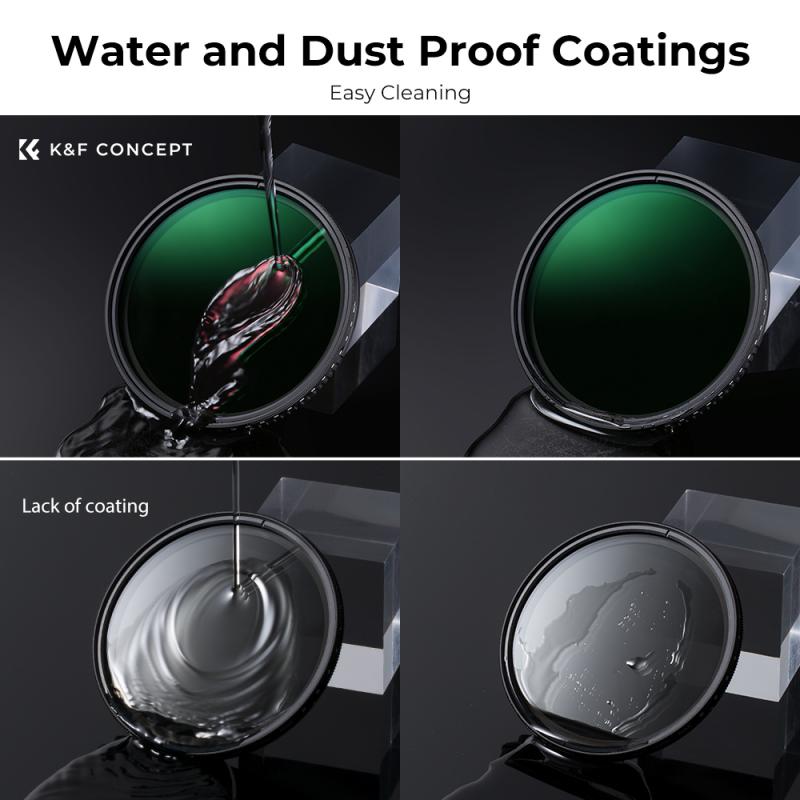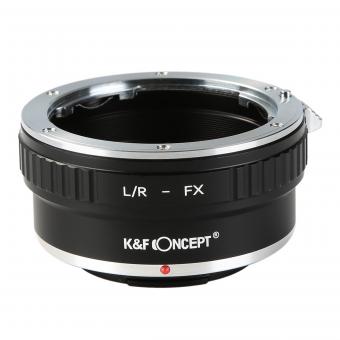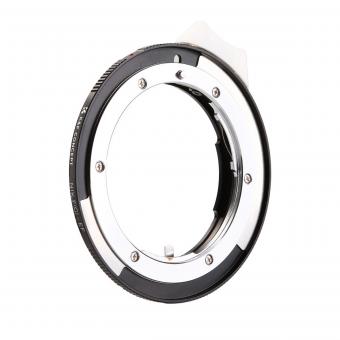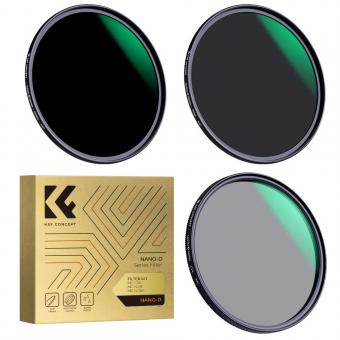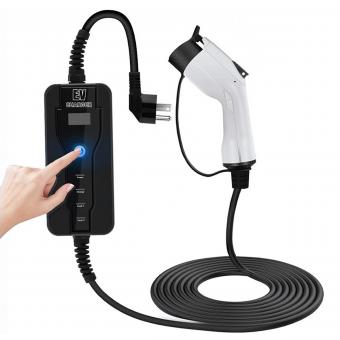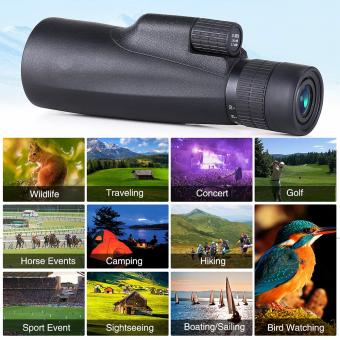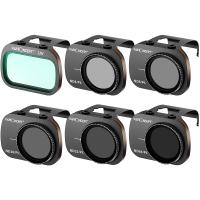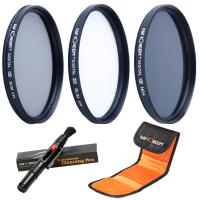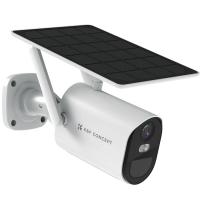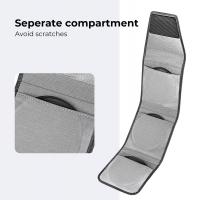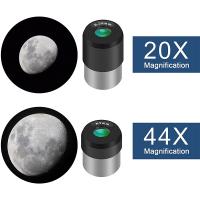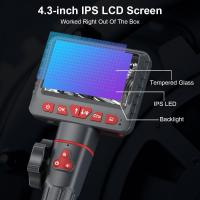Adaptive Lens Glasses Which Colours ?
Adaptive lens glasses, also known as photochromic lenses, are designed to automatically adjust their tint in response to changes in lighting conditions. These lenses contain special molecules that darken when exposed to ultraviolet (UV) light and lighten when the UV light is reduced or eliminated. The most common color of adaptive lens glasses is gray, which provides a neutral tint and maintains true color perception. However, there are also other color options available, such as brown, green, and yellow. These different colors can affect the overall appearance and contrast perception when wearing the glasses. The choice of color may depend on personal preference and the specific needs of the wearer.
1、 Photochromic lenses: Transition between clear and tinted based on light conditions.
Adaptive lens glasses, also known as photochromic lenses, are a type of eyewear that can transition between clear and tinted based on the surrounding light conditions. These lenses contain special molecules that react to ultraviolet (UV) light, causing them to darken when exposed to sunlight and return to their clear state when indoors or in low light conditions.
Photochromic lenses offer several benefits to wearers. Firstly, they provide convenience as they eliminate the need to switch between regular glasses and sunglasses when moving between different environments. This feature is particularly useful for individuals who spend a significant amount of time outdoors or frequently transition between indoor and outdoor settings.
Additionally, photochromic lenses offer protection against harmful UV rays. When exposed to sunlight, the lenses darken, reducing the amount of UV light that reaches the eyes. This helps to prevent eye damage and conditions such as cataracts and macular degeneration caused by long-term exposure to UV radiation.
In recent years, there have been advancements in photochromic lens technology. Manufacturers have introduced lenses that not only transition between clear and tinted but also offer different color options. These lenses can now be customized to provide a range of tint colors, including gray, brown, and green. This allows wearers to choose a tint that suits their personal preferences and enhances their visual experience.
Furthermore, the latest photochromic lenses are designed to transition more quickly and efficiently between clear and tinted states. This ensures that wearers experience minimal delay in adapting to changing light conditions, providing them with optimal visual comfort.
Overall, adaptive lens glasses with photochromic lenses offer a convenient and protective solution for individuals who require vision correction and sun protection. With advancements in technology, these lenses continue to evolve, providing wearers with improved functionality and customization options.
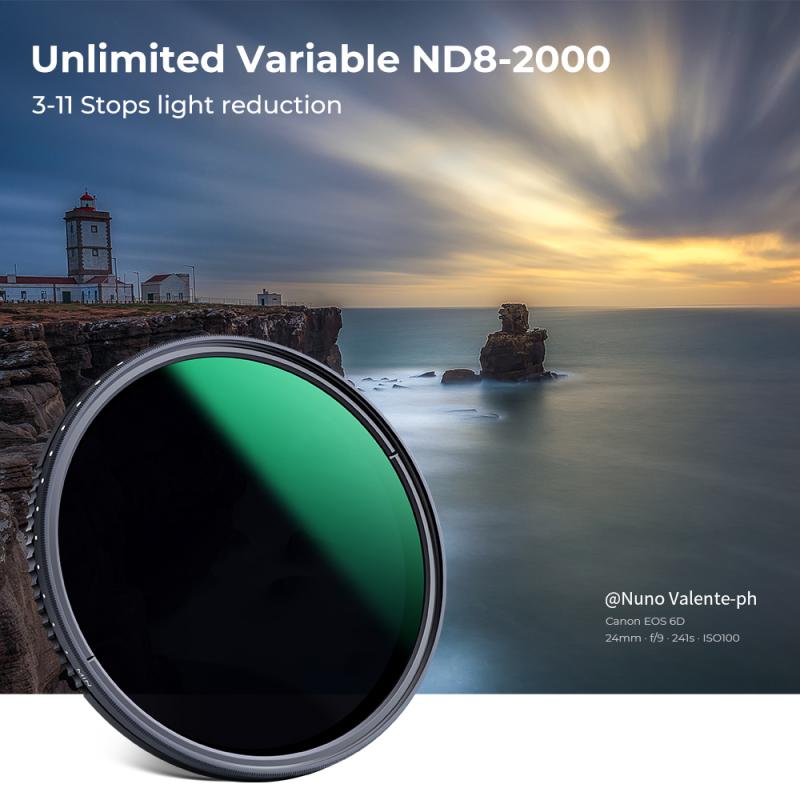
2、 Polarized lenses: Reduce glare and enhance visual clarity.
Adaptive lens glasses, also known as photochromic lenses, are designed to automatically adjust their tint based on the amount of UV light present. These lenses darken when exposed to sunlight and lighten when indoors or in low-light conditions. This adaptive feature allows for a seamless transition between different lighting environments, providing optimal visual comfort and protection.
When it comes to the colors available for adaptive lens glasses, there are typically a few options to choose from. The most common colors include gray, brown, and green. Gray lenses provide true color perception and are suitable for a wide range of activities and environments. Brown lenses enhance contrast and are particularly beneficial for activities like driving and sports. Green lenses also enhance contrast and are known for their soothing effect on the eyes.
In addition to the adaptive tint, some adaptive lens glasses also incorporate polarized lenses. Polarized lenses are designed to reduce glare caused by reflected light, such as sunlight reflecting off water, snow, or shiny surfaces. By reducing glare, polarized lenses enhance visual clarity and provide a more comfortable viewing experience, especially in bright outdoor conditions.
The latest advancements in adaptive lens technology have focused on improving the speed and efficiency of the tinting process. Some manufacturers have introduced lenses that transition faster between light and dark states, ensuring a quicker adaptation to changing lighting conditions. Additionally, there have been developments in creating adaptive lenses that are more effective in blocking harmful UV rays, providing better protection for the eyes.
Overall, adaptive lens glasses with polarized lenses offer a combination of glare reduction, enhanced visual clarity, and seamless adaptation to different lighting conditions. These features make them a popular choice for individuals seeking both comfort and protection for their eyes in various outdoor and indoor settings.
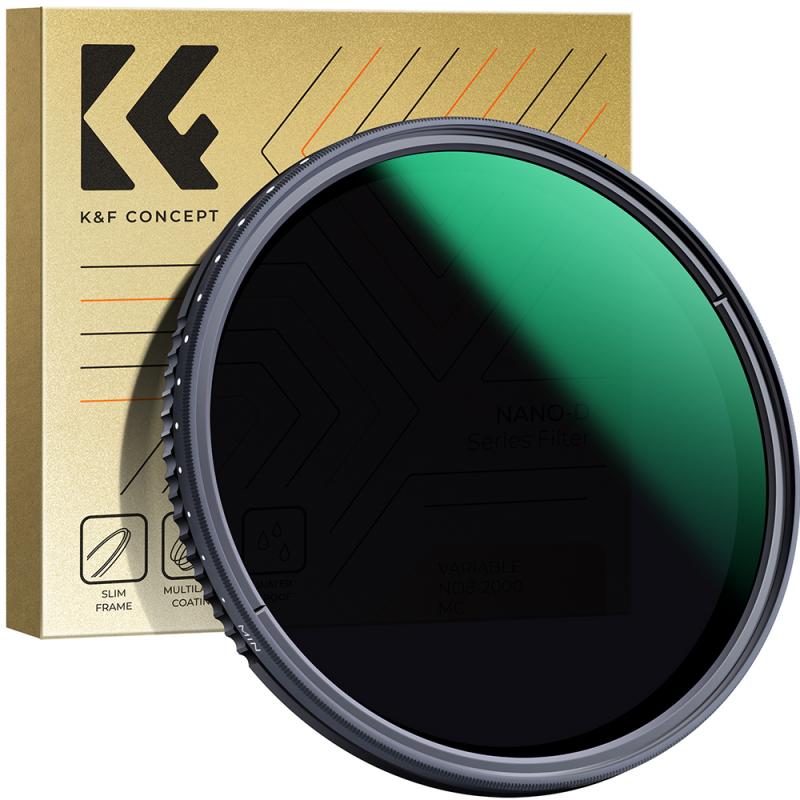
3、 Blue light blocking lenses: Filter out harmful blue light from digital screens.
Adaptive lens glasses, also known as photochromic lenses, are designed to automatically adjust their tint based on the amount of light present. These lenses are capable of transitioning from clear indoors to dark outdoors, providing optimal vision in various lighting conditions. While adaptive lens glasses do not come in specific colors, they are typically available in a range of tints, including gray, brown, and green.
In recent years, there has been a growing concern about the harmful effects of blue light emitted by digital screens. Blue light blocking lenses have gained popularity as a solution to this issue. These lenses are designed to filter out a portion of the blue light, reducing eye strain and potentially improving sleep quality.
Blue light blocking lenses work by incorporating a special coating that selectively filters out blue light wavelengths. This coating can be applied to both prescription and non-prescription lenses, making them accessible to a wide range of individuals. By reducing the amount of blue light reaching the eyes, these lenses aim to alleviate the symptoms associated with prolonged screen time, such as eye fatigue, dryness, and headaches.
While the effectiveness of blue light blocking lenses is still a topic of debate among experts, many individuals report experiencing relief from eye strain and improved comfort when using these lenses. However, it is important to note that blue light is not inherently harmful, as it is present in natural sunlight and plays a role in regulating our sleep-wake cycle. Therefore, it is recommended to consult with an eye care professional to determine the most suitable lens option based on individual needs and lifestyle.
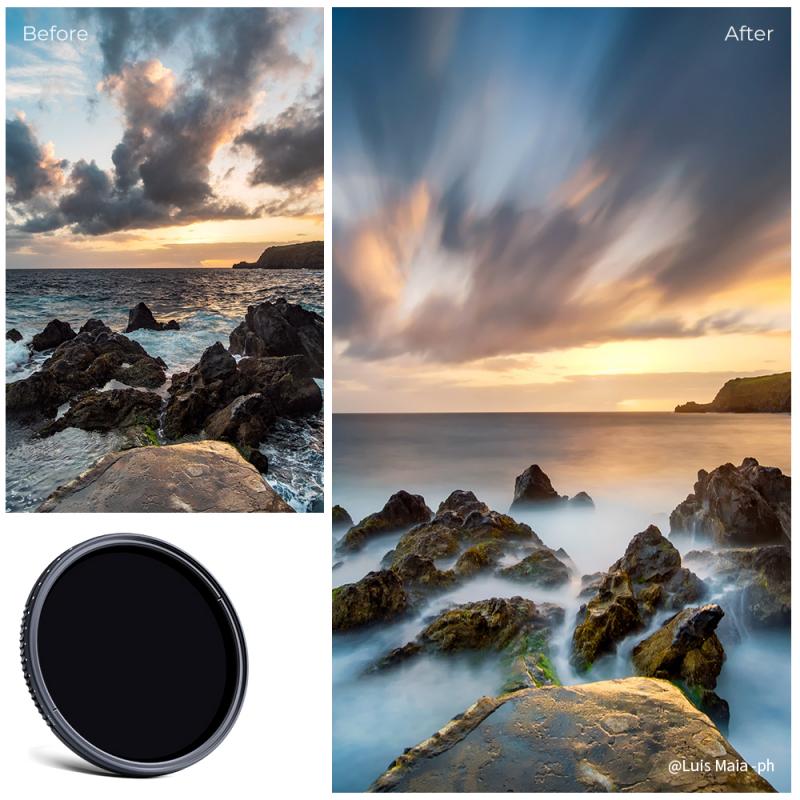
4、 UV protection lenses: Shield eyes from harmful ultraviolet rays.
Adaptive lens glasses, also known as photochromic lenses, are designed to automatically adjust their tint in response to changing light conditions. These lenses darken when exposed to bright sunlight and lighten when indoors or in low light conditions. The main purpose of adaptive lens glasses is to provide optimal vision and comfort in various lighting environments.
When it comes to the colors of adaptive lens glasses, there are several options available. The most common colors include gray, brown, and green. Gray lenses provide true color perception and are suitable for everyday use. Brown lenses enhance contrast and are often preferred for outdoor activities like driving or sports. Green lenses also enhance contrast and are particularly useful in bright light conditions.
In addition to their color options, adaptive lens glasses also offer UV protection. Shielding the eyes from harmful ultraviolet (UV) rays is crucial for maintaining eye health. Prolonged exposure to UV rays can lead to various eye conditions, including cataracts, macular degeneration, and even skin cancer around the eyes. UV protection lenses in adaptive glasses help block out both UVA and UVB rays, providing an extra layer of defense against these harmful rays.
It is important to note that the latest advancements in adaptive lens technology have improved the speed and efficiency of tint changes. Some lenses now transition faster between light and dark states, ensuring a seamless experience for the wearer. Additionally, newer adaptive lens glasses are designed to darken even behind the windshield of a car, providing consistent protection and comfort while driving.
Overall, adaptive lens glasses with UV protection lenses offer a convenient and effective solution for maintaining optimal vision and protecting the eyes from harmful UV rays. With various color options and improved technology, these glasses continue to evolve to meet the needs and preferences of individuals in different lighting conditions.
